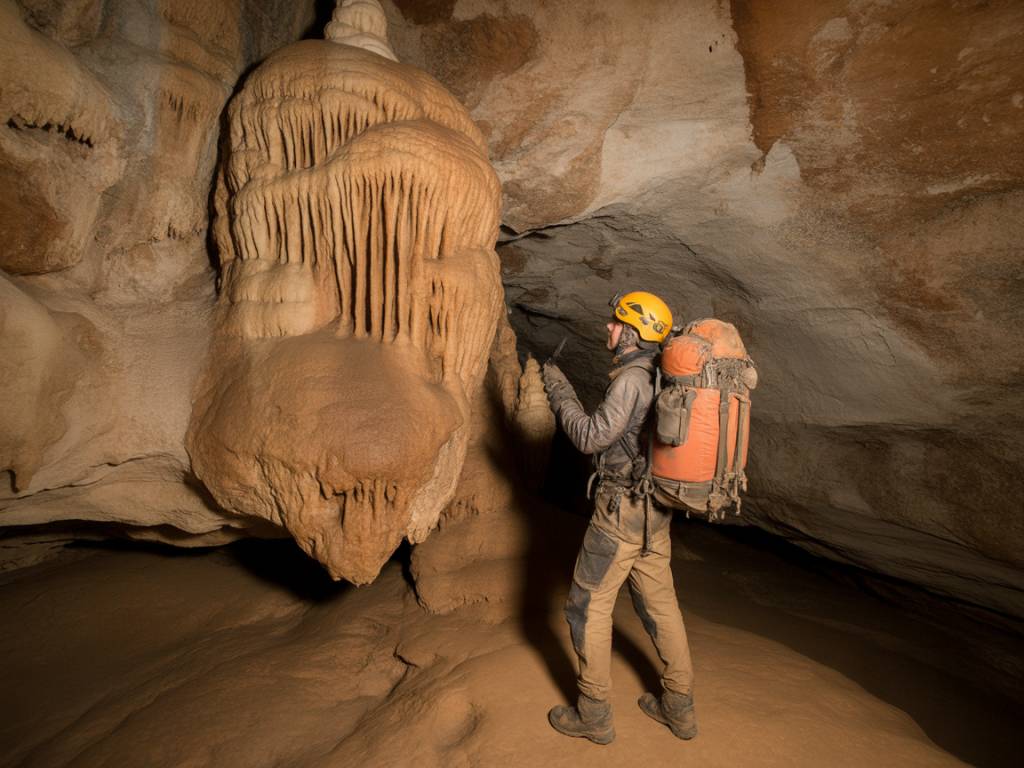
Caving Adventures: Exploring the World's Most Fascinating Underground Destinations
Introduction to Caving Adventures
Caving, also known as spelunking or potholing, is an exhilarating activity that takes adventure seekers deep into the earth’s crust. Far from the beaten path of mountain hikes and coastal trails, caving offers a unique opportunity to explore the hidden geological wonders that lie beneath our feet. From intricate limestone networks sculpted over millennia to subterranean rivers and glittering crystal chambers, each cave system tells a story you can’t find above ground. I’ve ventured into caves around the globe, and every descent into the darkness unveils a world more fascinating than the last.
In this article, I’ll guide you through some of the most captivating underground destinations on the planet, offering insights into the unique features of each location, practical tips for planning your adventure, and recommended caving gear to enhance your experience. Whether you’re a first-time explorer or a seasoned caver, these destinations promise awe, adrenaline, and a deeper connection to our planet’s geological history.
Why Go Caving? The Allure of the Underground
Caving is more than just an adventure sport—it’s a deeply immersive form of travel. You step into environments completely untouched by sunlight and shaped solely by the forces of time, water, and rock. Inside the earth, you’ll witness formations like stalactites and stalagmites, rare cave minerals, underground lakes, and even bioluminescent species adapted to eternal darkness.
Beyond the natural beauty, there’s a psychological thrill to caving: the challenge of navigating tight passageways, the mystery of the unknown, and the silent grandeur of massive caverns. It’s also a deeply humbling experience. Inside a cave, human noise disappears. You hear only the drip of water and feel the pulse of the planet itself.
Top Caving Destinations Around the World
Each cave system has its own geological story, climate conditions, and adventure level. Here are some of my favorite caving destinations that combine natural beauty, adventure, and accessibility.
Waitomo Glowworm Caves, New Zealand
Nestled on New Zealand’s North Island, the Waitomo Caves are renowned for their surreal, starry glow created by thousands of glowworms. Navigating the dark waters beneath the limestone ceiling, I felt like I was floating through a galaxy. The guided boat tours are suitable for beginners, but for those seeking a more immersive experience, the Black Water Rafting adventures offer a thrilling way to explore the deeper network.
Son Doong Cave, Vietnam
Located in Phong Nha-Kẻ Bàng National Park, Son Doong is the world’s largest cave by volume. Just standing inside the main chamber, which can fit an entire New York City block including skyscrapers, is unforgettable. The multi-day trekking expedition includes river crossings, jungle hikes, and nights spent camping in the cave itself. It’s a bucket-list destination for experienced adventurers.
Mammoth Cave, USA
Kentucky’s Mammoth Cave is the longest cave system in the world, with over 400 miles explored so far. It’s a fascinating choice for those interested in geology and American history—portions of the cave were mined for saltpeter during wartime. The National Park offers a range of guided tours, from easy walks to strenuous multi-hour crawls through narrower tunnels.
Abismo Guy Collet, Brazil
As South America’s deepest cave, Abismo Guy Collet in Brazil’s Amazon region is a true test of endurance and technical skill. The descent requires expert caving techniques, rappelling, and navigating vertical drops. Although less visited due to its remote location, it offers a raw and untouched adventure for seasoned spelunkers.
Skocjan Caves, Slovenia
A UNESCO World Heritage site, the Skocjan Caves are famous for their massive underground canyons and roaring subterranean river. The dramatic bridge path above the river gorge made my heart race, but the views were second to none. This is an excellent stop for travelers exploring Central Europe and looking for a unique geological marvel.
Essential Caving Gear for a Safe Adventure
Caving is thrilling but requires respect for the environment and proper preparation. Here are key pieces of gear I always recommend:
- Helmet with Headlamp: A sturdy helmet protects against falling debris, and a reliable headlamp keeps your hands free.
- Caving Suit: Durable and water-resistant, a good suit can protect you from scrapes, mud, and cold water.
- Gloves and Knee Pads: These offer comfort and protection when crawling or climbing.
- Footwear: Sturdy boots with excellent grip are essential for slippery or uneven surfaces.
- Backup Lighting: Always carry extra batteries and a secondary light source.
- Climbing Gear: For vertical caves, equipment like harnesses, carabiners, and ropes is crucial.
In addition to gear, it’s vital to check local regulations, weather advisories, and access requirements. Many caves—especially those with sensitive ecosystems or historical value—require guided tours or permits.
Responsible Caving and Environmental Impact
As cavers, we’re guests in some of the planet’s most delicate ecosystems. Many cave species evolve in isolation and are vulnerable to even minor disturbances. Moreover, formations take thousands of years to develop and just seconds to damage or destroy.
To protect these environments, always follow the “Leave No Trace” principles:
- Do not touch formations, as the oils from your skin can halt their growth.
- Stick to established paths and avoid trampling delicate fauna or mosses.
- Never leave litter—pack out everything you bring in.
- Avoid loud noises that could disturb wildlife.
Many caves have local caving organizations or conservancies dedicated to their protection. I highly recommend connecting with these groups before visiting. Not only do they offer invaluable guidance, but your involvement also helps preserve these wonders for future explorers.
Best Times to Go and Planning Your Caving Trip
Caving is accessible year-round, but certain times are more favorable depending on the region. For example, monsoon seasons can flood cave systems in Asia, while winter can create stunning ice formations in temperate areas. Always research cave conditions before your trip and consider guided tours, especially in less developed or technically challenging locations.
Here are some planning tips based on my own experiences:
- Book in advance: Popular caves have limited daily entries to preserve the site and ensure safety.
- Train physically: Some cave systems require crawling, swimming, or climbing, so build endurance and flexibility beforehand.
- Choose the right difficulty level: If you’re just starting out, start with show caves or beginner-friendly systems before attempting vertical or unexplored caves.
Final Thoughts: The Magic Beneath the Surface
Caving is one of the most rewarding ways to connect with Earth’s natural beauty and raw power. It pushes you outside your comfort zone, deep into silence and darkness, and rewards you with sights few get to witness. From the glow of worms in New Zealand to the towering chambers of Son Doong, these underground adventures have profoundly shaped my perspective on travel and nature.
If you’re ready to discover a different side of the planet—one carved in darkness over eons—grab your helmet and headlamp. The world beneath is waiting.

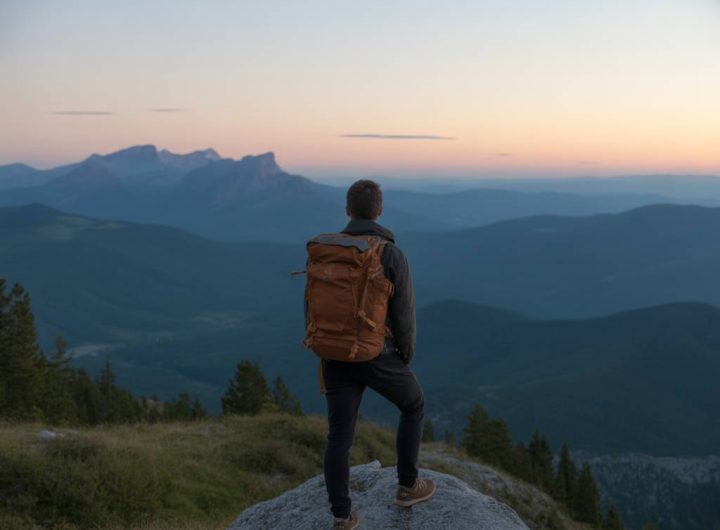 Microaventures près de chez vous : comment vivre l’aventure sans quitter votre région
Microaventures près de chez vous : comment vivre l’aventure sans quitter votre région 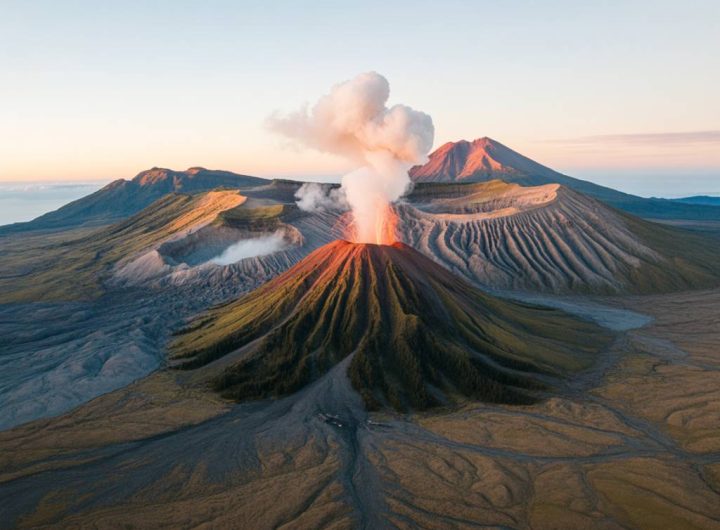 Exploring Volcanic Landscapes: Top Adventure Destinations Around Active Volcanoes
Exploring Volcanic Landscapes: Top Adventure Destinations Around Active Volcanoes 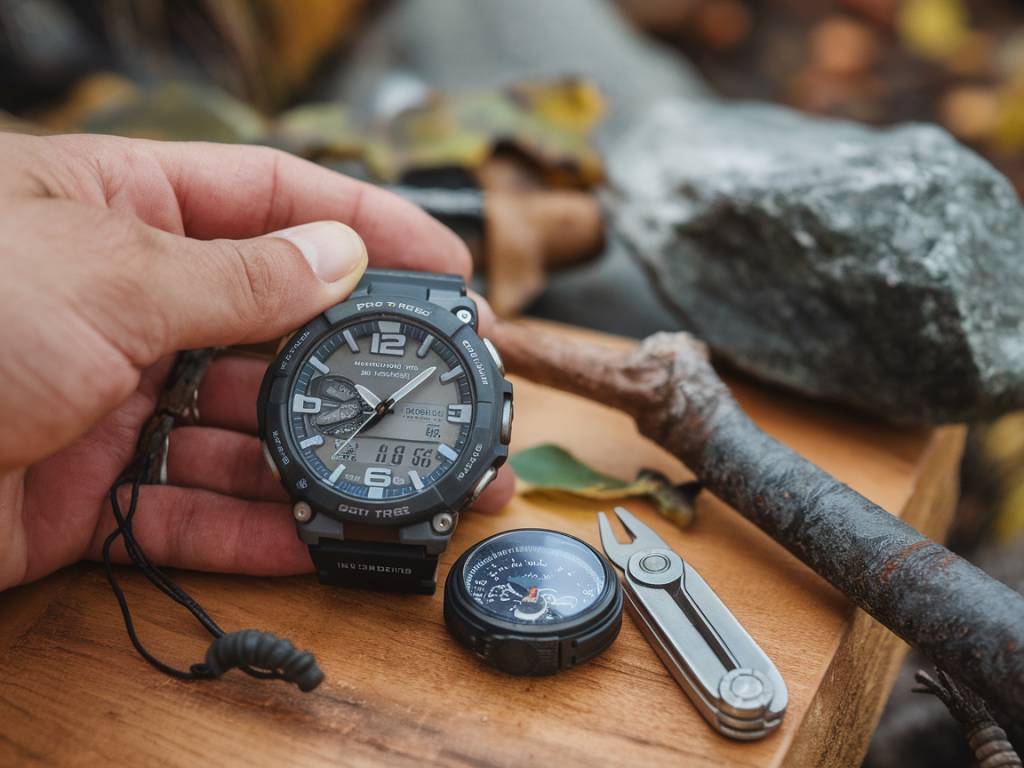 Top 5 adventure watches with gps and survival features
Top 5 adventure watches with gps and survival features 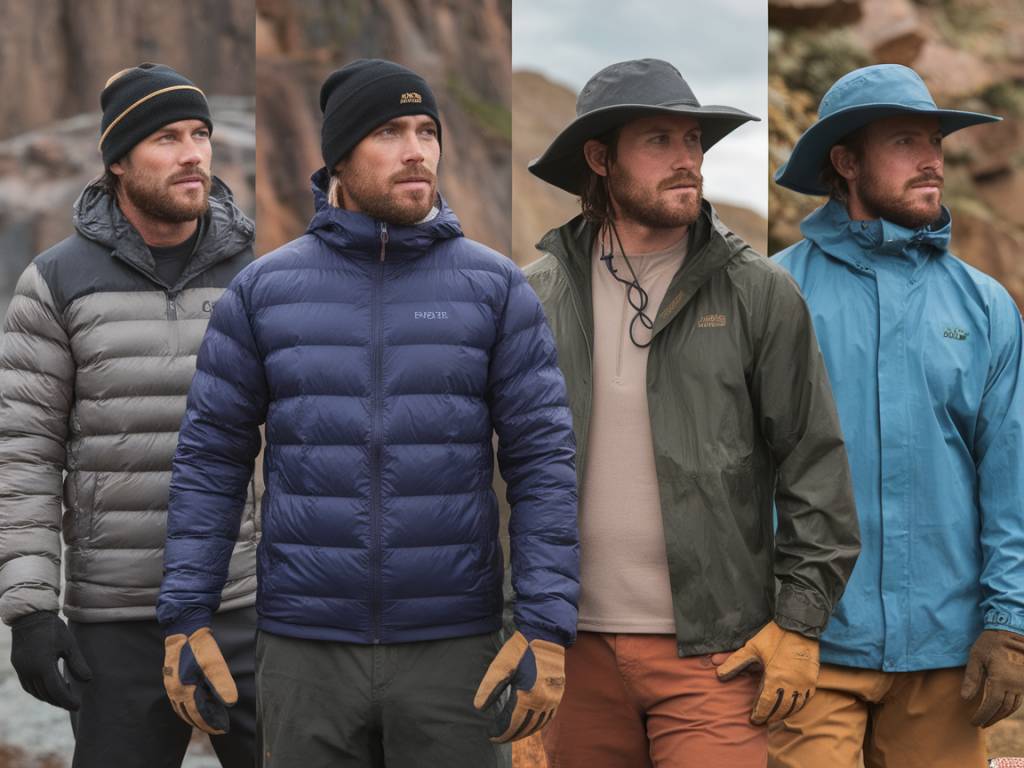 How to choose the right adventure clothing for every climate
How to choose the right adventure clothing for every climate 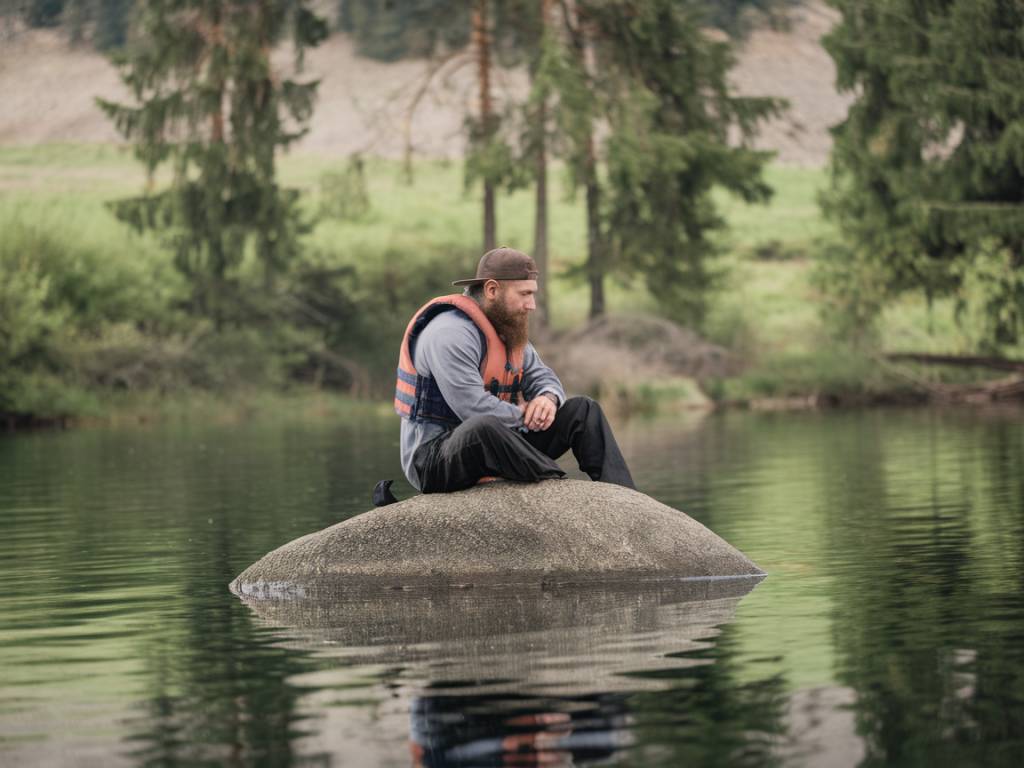 Planning a successful off-grid adventure: what you need to know
Planning a successful off-grid adventure: what you need to know  The best adventure books to inspire your next journey
The best adventure books to inspire your next journey 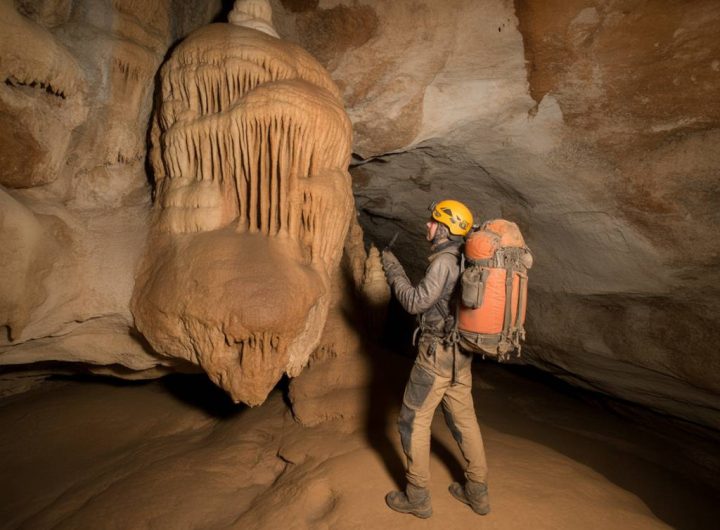 Caving Adventures: Exploring the World’s Most Fascinating Underground Destinations
Caving Adventures: Exploring the World’s Most Fascinating Underground Destinations 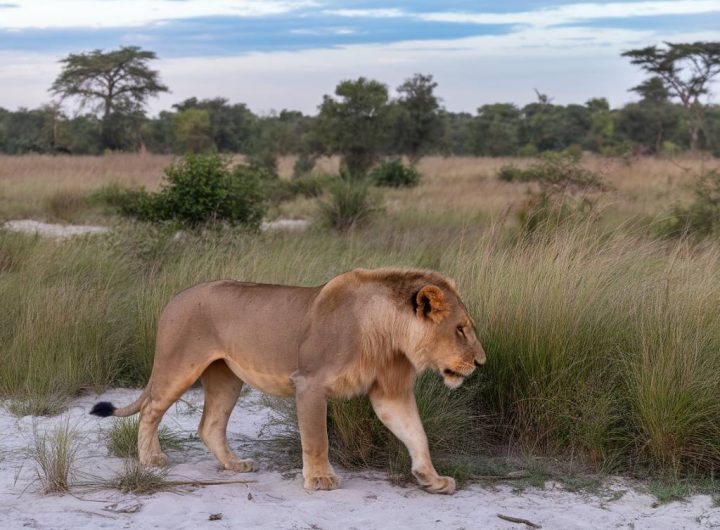 Best African safari destinations: top 5 experiences in Africa
Best African safari destinations: top 5 experiences in Africa